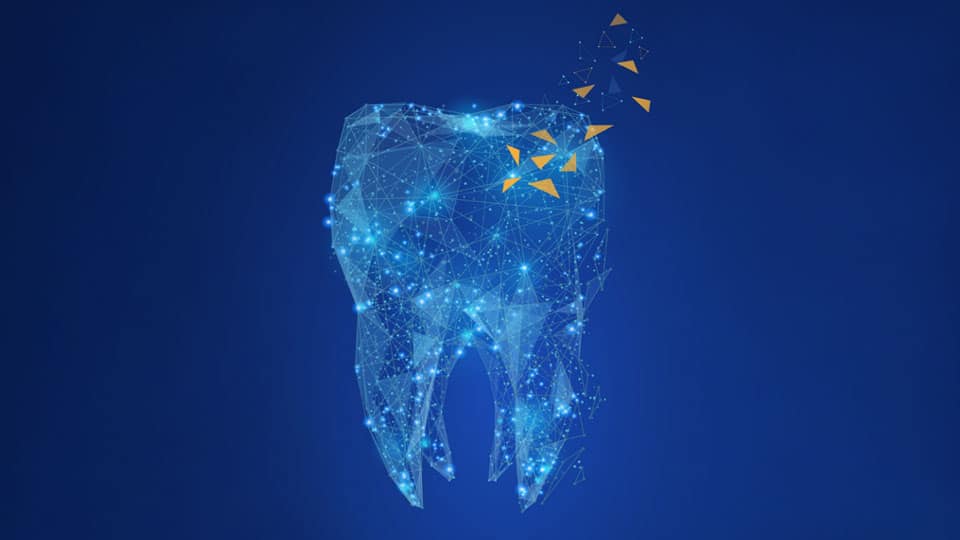TMJ Diagnosis: What to Expect from Your First Appointment
If you begin to feel pain, tension, or clicking in your temporomandibular joint (TMJ), you may seek treatment to correct this disorder, also known as temporomandibular joint disorder (TMD or TMJ disorder). But first, you’ll need to be diagnosed by a healthcare professional, like a dentist who specializes in the condition. There is not one standard test to TMJ diagnosis, so your dentist may use a variety of the following methods.
TMJ diagnosis questionnaire
Before or during your first appointment, your dentist’s office will likely have you answer specific questions about your TMJ pain and discomfort.
Questions may include:
Do you experience any clicking, popping, or grinding sounds when you open and close your jaw?
Do you have any pain, ringing, pressure, or fluid buildup in one or both ears?
Do you clench your jaw or grind your teeth during your sleep or while you’re awake?
Do you find it difficult to fully open your mouth?
You may also be asked when the symptoms began, how severely they impact your daily life, and if there is any activity or time of day during which the pain is worse.
Health history
There are many other health conditions that can mimic TMJ disorder, so your dentist will also ask questions about your current and previous state of health. Some of these conditions include sinus or ear infections, dental cavities, or nerve disorders like trigeminal neuralgia.
Your dentist may ask you questions about the stress you experience in your life, if you have a hormonal disorder, and what kind of medications you take. To simplify this process and give your dentist a better picture of your overall health, bring a list of your medications (including supplements) with you to your appointment.
Physical exam
One of the most important steps in receiving a TMJ diagnosis is the physical exam. During this time: your dentist will:
Listen to and feel your jaw as you open and close your mouth
Observe the range of motion of your jaw, and
Press on your jaw, ears, neck and shoulders to identify sites of pain or discomfort
You may also be asked to bite down on a device called a jig and hold it between your teeth for several minutes. During this time, your healthcare professional will assess your symptoms if and when they appear.
Diagnostic imaging
Depending on the severity of your disorder, your dentist may order diagnostic imaging. This will allow them to assess the integrity of the joint, monitor the progress of the disorder, and determine an individualized treatment plan for you. Typical imaging required to make a TMJ diagnosis includes routine and panoramic x-rays, CT scans, MRI scans, and scintigraphy (bone scans)
Routine and panoramic x-rays. A standard method of diagnosing TMJ disorder, these x-rays are typically performed in-office. These x-rays show the teeth, sinuses, upper and lower jaws, and bony structures of the TMJs
CT scan. A CT scan provides your dentist with a three-dimensional image of the bony structure of the TMJ’s, but it does not provide a clear image of the disc and soft tissue of the joints.
MRI scan. An MRI scan will provide a detailed image of the disc, muscle, and soft tissues surrounding the TMJs.
Scintigraphy(bone scan). This scan will first require a dye injection. Once the dye has been absorbed by your bones, you will be scanned to determine the health of your bones.
Different types of doctors can diagnose you with TMJ disorder, like a dentist, general practitioner, or ear, nose, and throat (ENT) specialist. However, a dentist specializing in TMJ disorders may be able to provide you with the most effective, specialized care.
If you need help with a TMJ diagnosis, visit the Advanced Dental Implant and TMJ Center. To set up an appointment or ask questions, you may call their office at (662) 655-4868 or contact them through their website.

